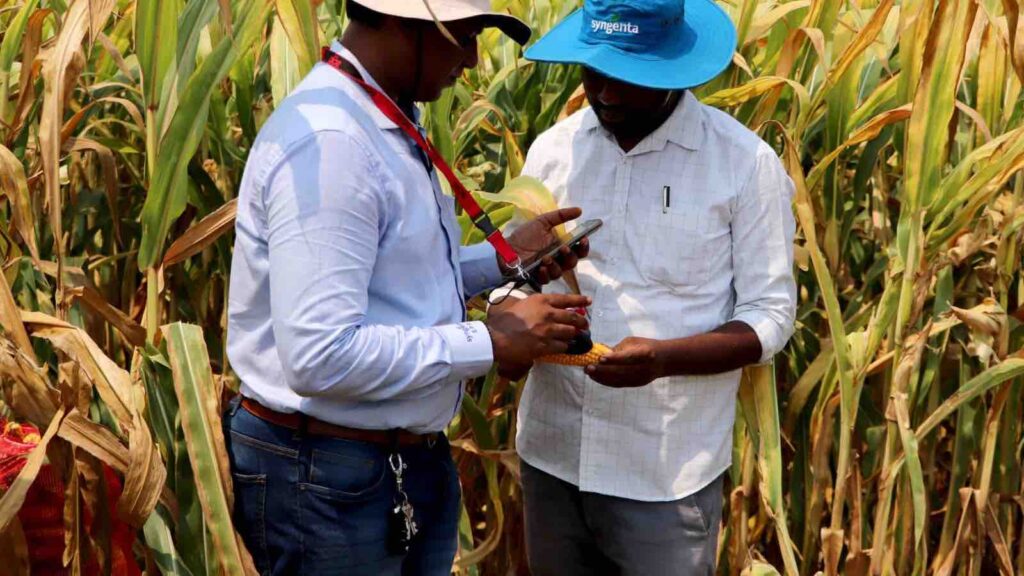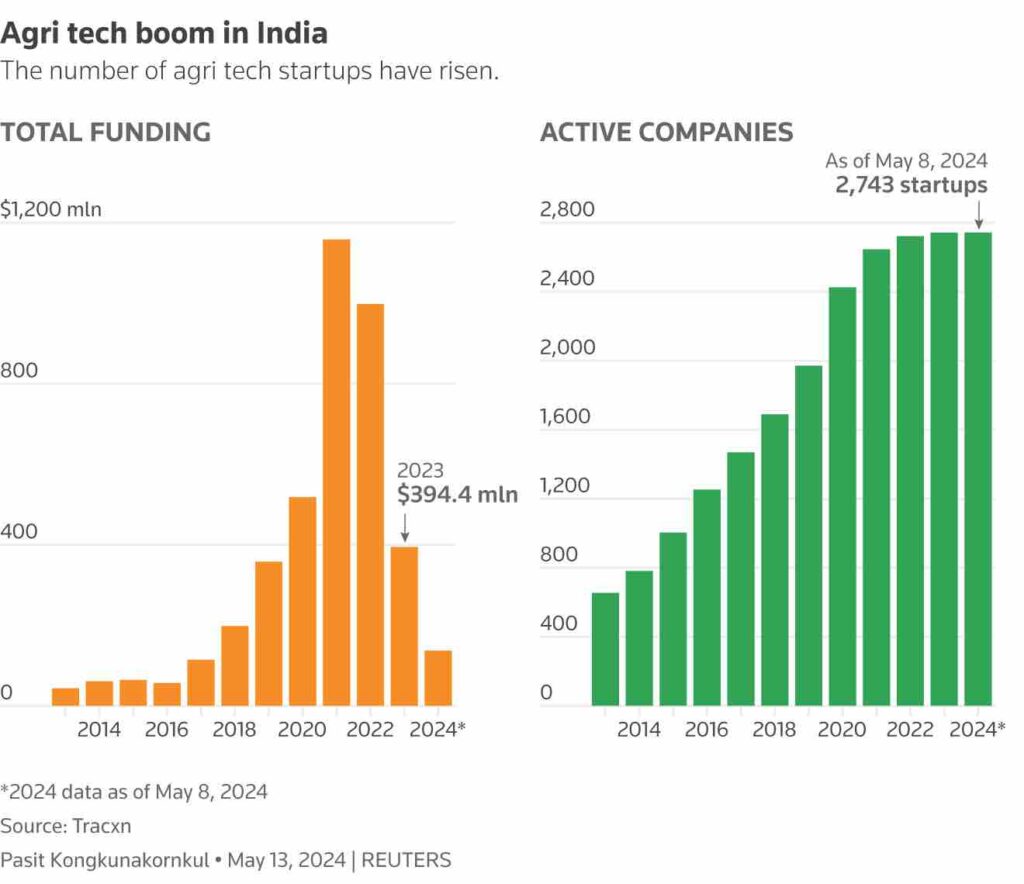Thanks to earth-observation satellites, Lokeswara Reddy has seen his net profit from corn cultivation soar to 20,000 rupees ($240) per acre, up from a meager 5,000 – 10,000 rupees a decade ago.
In the southern Indian state of Andhra Pradesh, Lokeswara Reddy, a veteran farmer with two decades of experience, has witnessed a remarkable transformation in his agricultural fortunes. Thanks to earth-observation satellites, Reddy has seen his net profit from corn cultivation soar to 20,000 rupees ($240) per acre, up from a meager 5,000 – 10,000 rupees a decade ago.
RELEVANT SUSTAINABLE GOALS



“We are on a surer footing when it comes to agricultural practices,” Reddy said. “Using satellite data safeguards us from climate change, pest and disease problems, and irrigation scheduling issues.”
Reddy’s success story is not an isolated case. It represents a broader trend in India, where the government is increasingly leveraging satellite data to address ground-level challenges, with agriculture at the forefront.
Pawan Goenka, chairman of the Indian National Space Promotion and Authorization Centre, the country’s space regulatory body, emphasizes this shift: “India’s path to leadership in the new space race lies in utilizing the power of data, and applications within the agricultural sector offer immense potential.”
AGRITECH BOOM IN INDIA
The global space agriculture market is projected to reach $11.51 billion by 2032, up from $4.99 billion in 2023, according to Market Research Future. While China currently holds the largest market share, India’s sector is growing at an unprecedented rate within the Asia-Pacific region.
Indian agritech startups are at the forefront of this revolution. Cropin, backed by Google and the Gates Foundation, recently partnered with Amazon Web Services to analyze satellite data for global food security solutions. Their collaboration with farmers, the World Bank, and the Indian government has shown promising results, with 92% of participating farmers increasing their average yield by 30% and farm revenue by nearly 37%.
SatSure, another Indian startup, utilizes earth observation data for loan analysis in the agricultural sector. With approximately 70 million active farmer bank accounts in India, representing about $200 billion of lenders’ loan books, the potential for growth is substantial.
The Indian government is actively supporting this agritech push. Finance Minister Nirmala Sitharaman announced a 703 million rupee accelerator fund to boost agritech startups in her 2023 budget speech. By March 2023, the fund was supporting 1,138 such companies.
However, challenges remain. The average landholding size for Indian farmers is just 1.08 hectares, and issues of poverty and low literacy levels pose obstacles to large-scale tech adoption. “Agriculture has never been a tech-forward sector, and often farmers want to rely on traditional practices or the wisdom of their forefathers,” noted Raghunath Reddy, a Syngenta manager.
Despite these hurdles, the potential impact is significant. McKinsey estimates that agricultural technology could increase Indian farmers’ incomes by 25% to 35%.
For farmers like Lokeswara Reddy, the benefits extend beyond increased profits. “This increase in earnings also means better education for my son, who has plans to be a software engineer abroad,” Reddy said. “At the end of the day, we want a better future for our kids.”
Source: Reuters/rk
Lead image courtesy of Almaas Masood / REUTERS (Employees of Syngenta examine corn with a moisture-meter device to check if the crop is ready for harvest, in a corn field in Krishna district in the southern state of Andhra Pradesh, India
You may also be interested in :
Transforming Rural Agricultural Livelihoods With Cooling-As-Service



